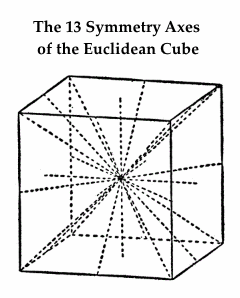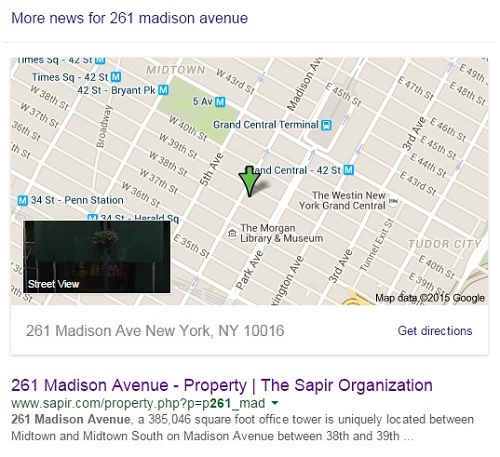Bright Star
From the website of Karey Lea Perkins:
“The truth is that man’s capacity for symbol-mongering in general and language in particular is…intimately part and parcel of his being human, of his perceiving and knowing, of his very consciousness…”
— Walker Percy, The Message in the Bottle, Farrar, Strauss, and Giroux, 1975
Today’s New York Times story on Richard Helms, together with my reminiscences in the entry that follows it below, suggest the following possibility for symbol-mongering:
This comparison is suggested by the Spanish word “Lucero” (the name, which means “Bright Star,” of the girl in Cuernavaca mentioned two entries down) and by the following passage from Robert A. Heinlein‘s classic novel, Glory Road:
|
“I have many names. What would you like to call me?”
“Is one of them ‘Helen’?”
She smiled like sunshine and I learned that she had dimples. She looked sixteen and in her first party dress. “You are very gracious. No, she’s not even a relative. That was many, many years ago.” Her face turned thoughtful. “Would you like to call me ‘Ettarre’?”
“Is that one of your names?”
“It is much like one of them, allowing for different spelling and accent. Or it could be ‘Esther’ just as closely. Or ‘Aster.’ Or even ‘Estrellita.’ ”
” ‘Aster,’ ” I repeated. “Star. Lucky Star!”
|
The C.I.A. star above is from that organization’s own site. The star of Venus (alias Aster, alias Ishtar) is from Symbols.com, an excellent site that has the following variations on the Bright Star theme:
See also my notes The Still Point and the Wheel and Midsummer Eve’s Dream. Both notes quote Robinson Jeffers:
“For the essence and the end
Of his labor is beauty…
one beauty, the rhythm of that Wheel,
and who can behold it is happy
and will praise it to the people.”
— Robinson Jeffers, “Point Pinos and Point Lobos,”
quoted at the end of The Cosmic Code,
by Heinz Pagels, Simon & Schuster, 1982
Place the eightfold star in a circle, and you have the Buddhist Wheel of Life:


























